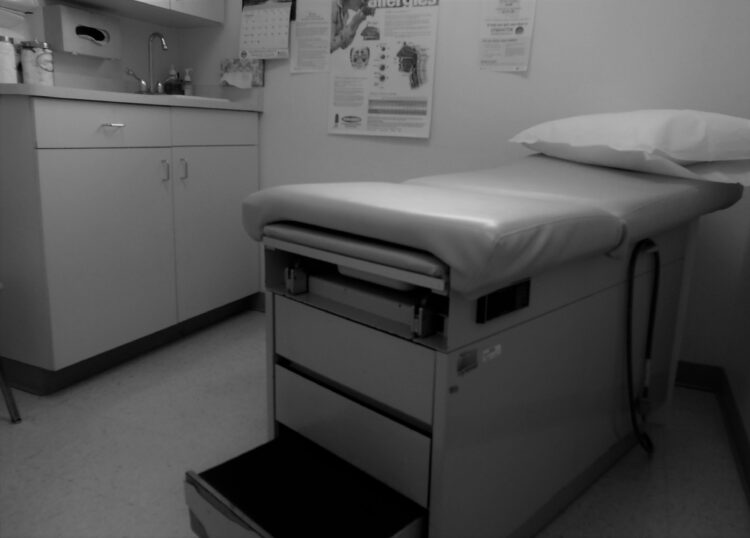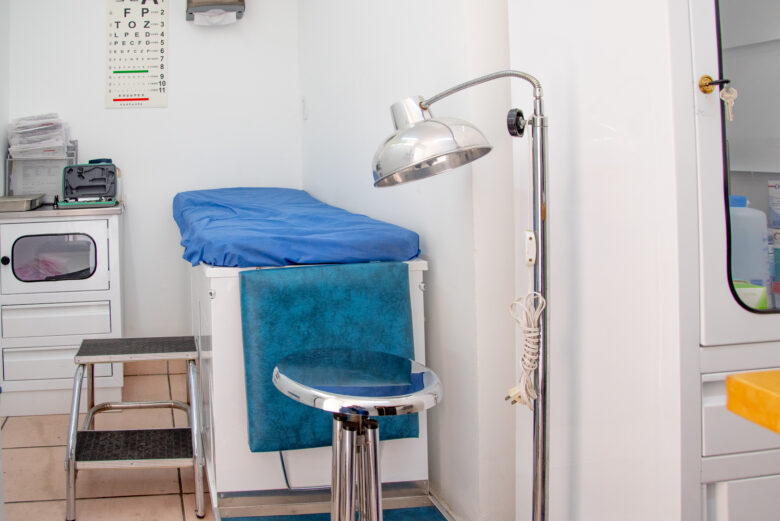Do you work in busy doctor’s offices? Are you looking into implementing new office standards to meet the business needs while maximizing your full potential as a leader in healthcare? There are several ways you can improve the flow of any doctor’s offices in order to make daily routines more efficient.
1. Utilize an Electronic Healthcare Record System
Health records are pivotal to acquiring past medical history, but they can be hard to find in an office that still does everything by hand. You can benefit from medical records storage services that not only store and file documents but also offer scanning services to help transition to electronic records. Electronic health records (EHR) provide a greater level of security and aid in every sequence of the healthcare process.
Using a patient’s entire medical history is important in providing effective care. As the medical field continually shifts to a holistic perspective, having immediate access to a patient’s full record is more important than over. Nurses and doctors can take a look at a person’s history and understand the bigger picture when performing assessments and prescribing treatments.

Also, you can connect mobile devices to your office’s EHR system to provide remote access, streamline communication between patients and providers, and improve overall care coordination. NextGen consulting and support can provide your doctor’s office with everything it needs to implement a full-scale electronic health records system without disrupting business.
2. Implement a Patient Flow Standard
Because a doctor’s office revolves around patient coordination, it’s vital to business that a procedural system is in place. Patients should be naturally guided along the care process in order to reduce wait times, increase satisfaction, and reduce errors.
You can opt to have your patients fill out insurance and personal information prior to their appointment through an online forum. By doing this, you can ensure that they are able to see a physician sooner; creating a step-oriented process in your office will also provide people are all moving in a productive manner.

Start by assessing how your office currently runs and identify areas that take up the most time and tend to cause the most confusion. Are patients getting “stuck” at a processing stage with insurance and co-pays? Do they tend to spend a lot of time in exam rooms waiting to be seen? Figuring out where your office struggles most is important, because improvement to the wrong areas may only worsen the problematic areas.
Three aspects that should always be a part of your office’s patient care standard are office and phone etiquette and cleanliness. Patients should feel heard and cared for at all times, even during busy periods. Cleanliness demonstrates care as well; a well-maintained office shows patients that their comfort matters to you as much as their physical health.
3. Start to Embrace Artificial Intelligence
Medical AI is no longer a theory; artificial intelligence software is already available to medical providers, and it can step in and perform many tasks that frequently bog down an office. With greater speed, accuracy, and 24-hour care, AI can help patients follow through on prescriptions using their smartphone, provide virtual assistance with office tasks, and coordinate patient/provider communication.
From sending appointment reminders to providing health trackers for patients, AI is a valuable resource that will take your office into the next generation of healthcare.
NextGen consulting and support can help offices begin their transition to more technologically advanced care.
Final Thoughts
These three steps provide a general overview of how you can start to improve your medical office’s quality and productivity. As your doctor’s office’s potential expands, so will the quality of the care you provide to your patients. Improvement doesn’t stop after a few changes, either. By embracing a growth-oriented mindset, your office can continue to flourish and become more attuned at servicing its patients’ varied needs.














Nice to explain the benefits of android. I am glad to read your article.thanks for sharing.